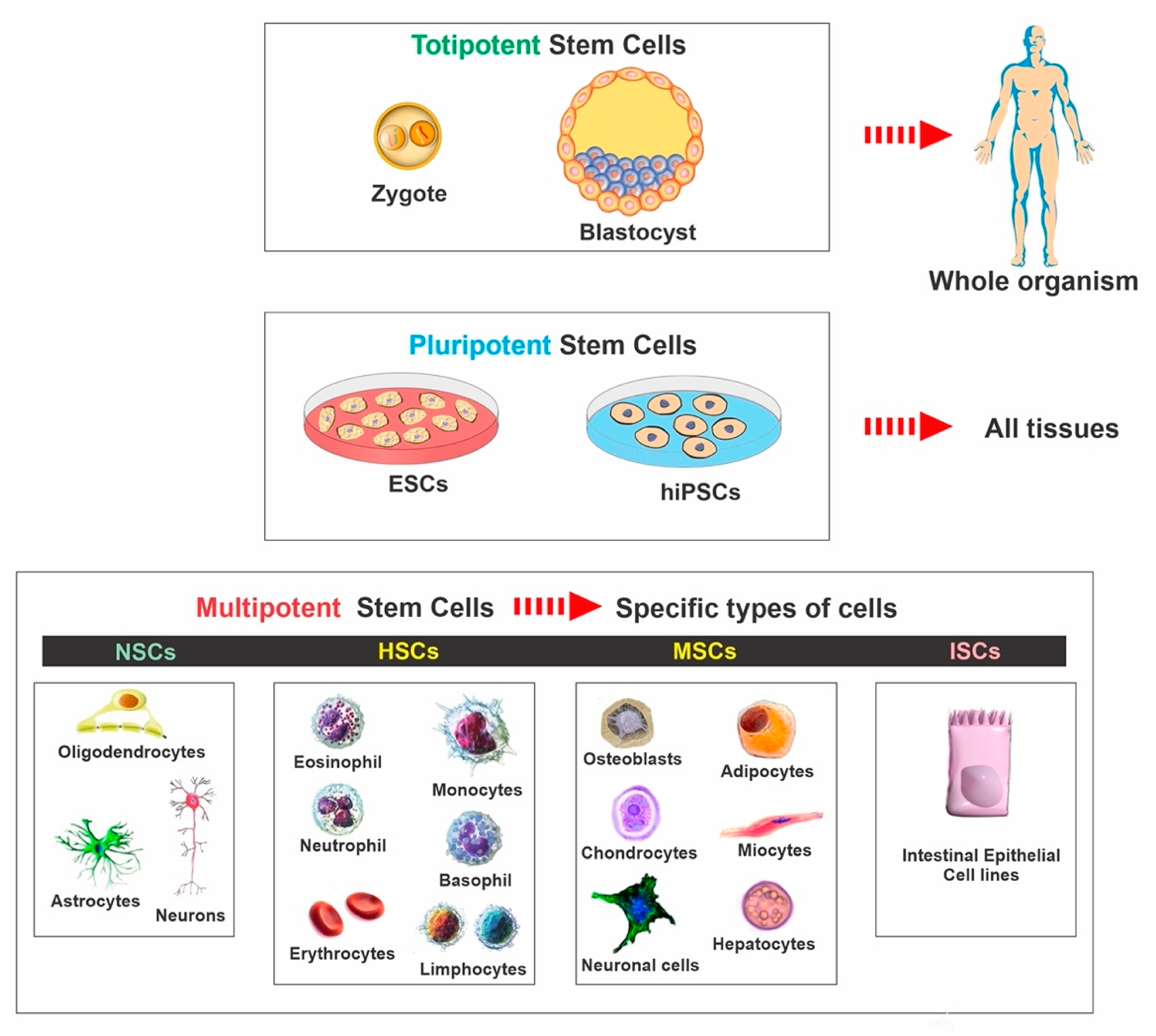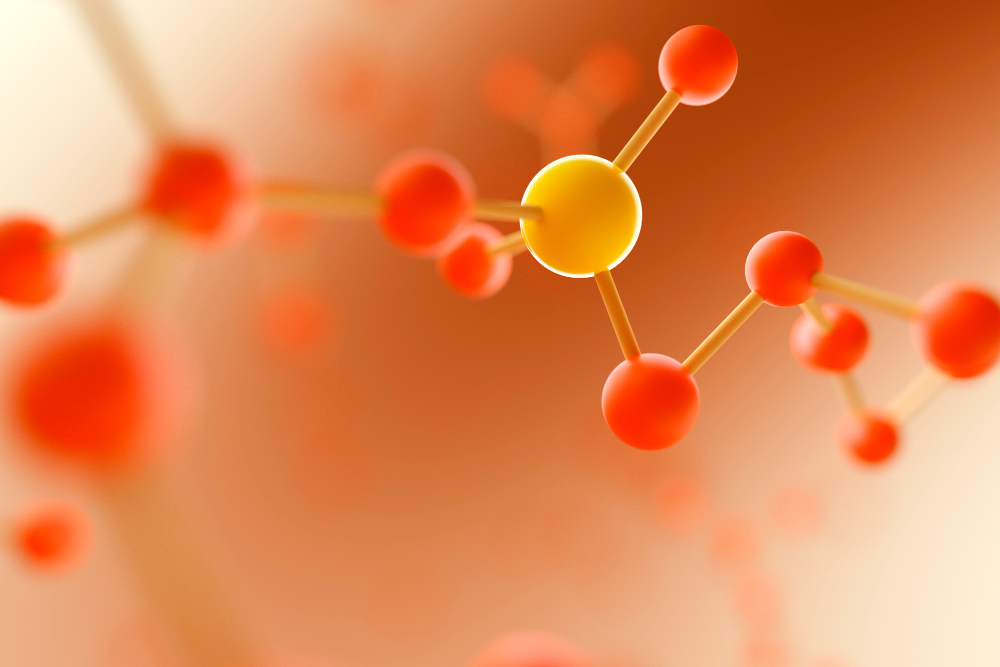
[/image][=video]
[/video]
The majority of sites used for bone marrow harvesting lie in the hip bones and the sternum. The treatment happens in the operating space. The contributor will certainly be anesthetized during the harvest and will not feel the needle. In recuperation, the contributor might experience some discomfort in the locations where the needle was placed.

If an autologous transplant is prepared, formerly gathered stem cells, from either peripheral (apheresis) or harvest, are counted, evaluated, and ready to instill. The preparations for a bone marrow transplant vary depending on the sort of transplant, the disease requiring transplant, and your resistance for certain medications. Take into consideration the following: Usually, high doses of radiation treatment and/or radiation are consisted of in the prep work.
Ablative therapy prevents this procedure of cell manufacturing and the marrow ends up being empty. An empty marrow is required to make space for the new stem cells to grow and develop a brand-new blood cell production system.
It is not a procedure to position the marrow right into the bone, however resembles obtaining a blood transfusion. The stem cells find their way right into the bone marrow and start replicating and growing brand-new, healthy blood cells. After the transplant, encouraging care is given to protect against and treat infections, side effects of therapies, and problems.
Menopause Therapy
The days prior to transplant are counted as minus days. The day of transplant is considered day zero. Engraftment and recuperation adhering to the transplant are counted as plus days. A person may go into the hospital on day -8 for preparative routines. The day of transplant is phoned number no. Days +1, +2, and so on, will comply with.
The days are numbered to assist the client and family recognize where they remain in terms of risks and discharge planning. During infusion of bone marrow, the person may experience the following: Pain Chills High Temperature Hives Breast pain After mixture, the individual might: Spend numerous weeks in the medical facility Be very at risk to infection Experience extreme bleeding Required blood transfusions Be confined to a clean setting Take several anti-biotics and various other medications Be offered medicine to stop graft-versus-host diseaseif the transplant was allogeneic.
Platelets are typically the last blood cell to recuperate. Engraftment can be postponed due to the fact that of infection, medications, reduced contributed stem cell count, or graft failure.
Microbial infections are the most typical. Viral and fungal infections can be lethal. Any kind of infection can create an extensive healthcare facility stay, protect against or delay engraftment, and/or cause long-term organ damage. Anti-biotics, antifungal medicines, and antiviral medicines are typically offered to attempt to avoid serious infection in the immunosuppressed patient. Thrombocytopenia (reduced platelets) and anemia (reduced red blood cells), as an outcome of a nonfunctioning bone marrow, can be hazardous and even lethal.
Pain relevant to mouth sores and stomach (GI) irritability prevails. High dosages of chemotherapy and radiation can trigger severe mucositis (inflammation of the mouth and GI system). Liquid overload is an issue that can result in pneumonia, liver damages, and hypertension. The main reason for liquid overload is because the kidneys can not keep up with the huge amount of fluid being provided in the type of intravenous (IV) medicines, nutrition, and blood items.
Menopause Therapy

Respiratory system status is an important function that may be endangered throughout transplant. Infection, inflammation of the air passage, fluid overload, graft-versus-host disease, and blood loss are all prospective dangerous problems that might happen in the lungs and pulmonary system. The liver and heart are necessary body organs that might be harmed during the hair transplant process.
Failure of the graft (transplant) taking hold in the marrow is a possible difficulty. Graft failing might happen as a result of infection, recurring illness, or if the stem cell count of the given away marrow was not enough to cause engraftment. Graft-versus-host illness (GVHD) can be a serious and life-threatening issue of a bone marrow transplant.
As opposed to a body organ transplant where the person's body immune system will attempt to deny only the hair transplanted body organ, in GVHD the brand-new or hair transplanted body immune system can strike the entire client and all of his or her organs. This is since the new cells do not identify the cells and organs of the recipient's body as self.

The most common sites for GVHD are GI system, liver, skin, and lungs. Diagnosis substantially relies on the following: Kind of transplant Kind and degree of the condition being treated Illness feedback to treatment Genetics Your age and overall health and wellness Your resistance of certain medicines, procedures, or therapies Severity of difficulties Similar to any treatment, in bone marrow transplant the diagnosis and lasting survival can differ greatly from person to person.
Stem Cell Therapy
Continual follow-up care is important for the individual adhering to a bone marrow transplant. New approaches to boost treatment and to decrease issues and side impacts of a bone marrow transplant are consistently being uncovered.
Accessed June 5, 2017. The hope is to recover broken tissue that will certainly not sufficiently heal on its very own. Regenerative medication treatments can be divided into three groups: assist in healing by injecting or positioning online cells right into the client. Instances of mobile treatment include PRP and stem cell therapies, which can be utilized to treat tendinopathy and other sports injuries.
Phys Medication Rehabil Clin N Am. 2014; 25( 4 ):881 -95. As time passes, private medical professionals discover and share information, improving the application of these therapies. See Are PRP Injections Effective?Until more is recognized, regenerative medication therapies are not taken into consideration basic practice and insurance coverage strategies usually do not cover them. Lots of clients agree to pay out-of-pocket. is advancing quickly with advancementsin stem cells, genetics therapy, and cells engineering. This write-up explores these innovative approaches, highlighting their transformative potential for tissue and body organ fixing. are positioned to change medical therapies and boost patient results. Cell regrowth, the procedure of recovering shed cells to recoup regular function, varies across different cells and organs. In Drosophila larval wing discs, cells resistant to apoptosis help tissue regrowth. Computer mouse digit suggestion regrowth is moderated by the blastema, including various progenitor cells, as highlighted in this research.: The variety of cells within a tissue can impact regeneration. Outer nerves, as an example, include Schwann cells, nerve fibroblasts, and immune cells, each playing a function in nerve regrowth, as discussed here. These elements connect dynamically, making cell regeneration a complex process that varies based on the certain tissue or organ. Cell regeneration plays a critical role in maintaining the body's general healthand well-being. It is accountable for repairing and changing damaged or aging cells, making sure the proper performance of organs and cells. Efficient cell regrowth therapy can dramatically influence the therapy of numerous clinical conditions, consisting of degenerative illness, injuries, and even the aging procedure. Several substantial turning points have marked the progression of cell regeneration research. In the late 18th century , Italian biologist Lazzaro Spallanzani performed introducing experiments on the regrowth of amphibian arm or legs, providing proof for the regenerative ability of particular organisms. In the 20th century, the exploration of stem cells by Canadian scientists Ernest McCulloch and James Till revolutionized the area. Harold E. Varmus, who played an essential function in clarifying the hereditary basis of cancer, and Dr. Michael S. Brown and Dr. Joseph L. Goldstein, who found the role of low-density lipoprotein (LDL) receptors in cholesterol metabolic process. Stem cell treatment is one of the most extensively looked into and encouraging branches of cell regeneration therapy. This irritant sets off a localized inflammation response, which triggers the release of growth variables and the recruitment of regenerative cells. Over time, the regenerative cells facilitate the repair service and regeneration of hurt cells, providing alleviation to individuals struggling with persistent bone and joint pain or joint instability. Cartilage material regrowth treatment concentrates on restoring harmed or deteriorated cartilage material, which plays a crucial function in joint function and flexibility. Some cells, such as epithelial cells in the skin or the cellular lining of the gastrointestinal system, have a high turn over rate and can regenerate swiftly. In contrast, cells in the central nerve system, such as nerve cells, have actually restricted regenerative ability. This disparity is generally as a result of the intricacy of the cells, the visibility of inhibitory elements, and the cellular environment. Cell regrowth treatment uses encouraging remedies for accelerating wound healing and dealing with different injuries.
Navigation
Latest Posts
Regenerative Therapy servicing Westland, Michigan
Perimenopause Treatment around Westland
Menopause Treatment